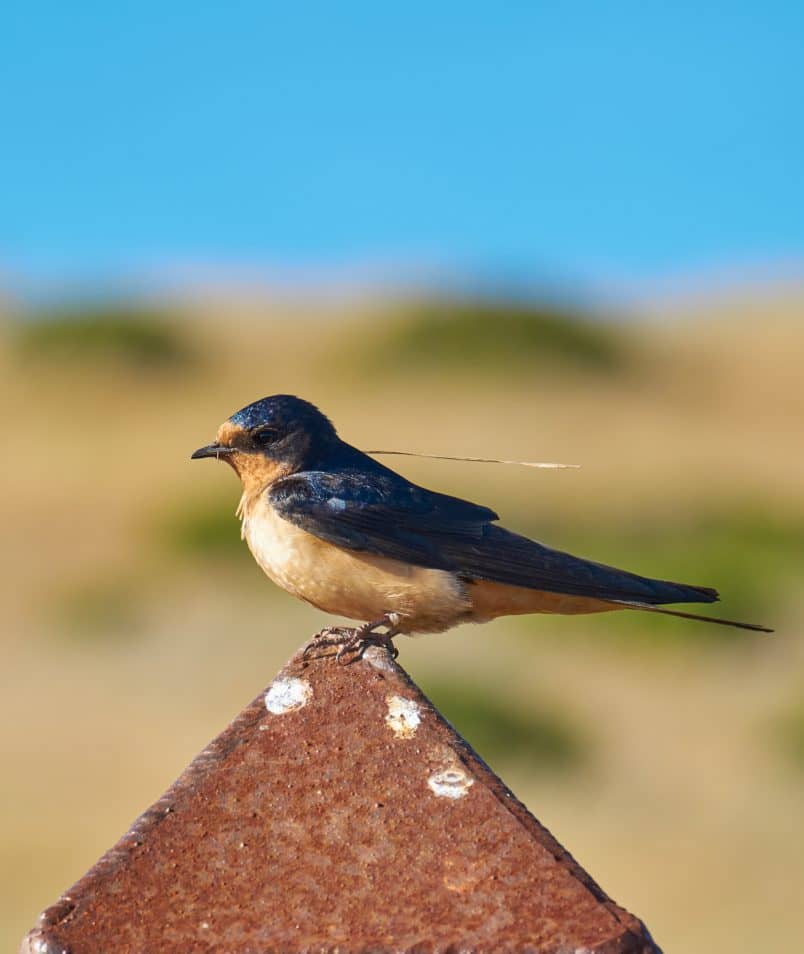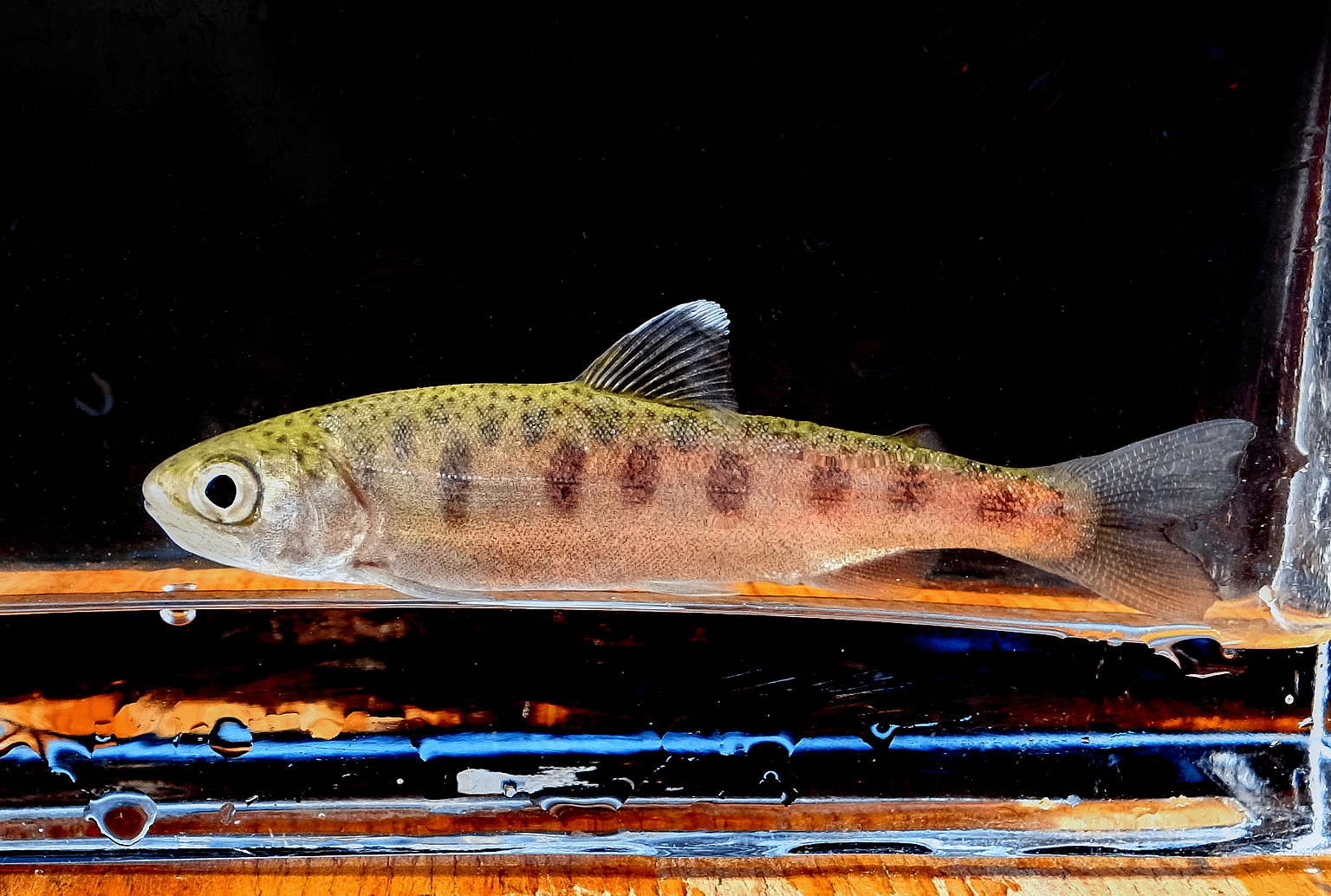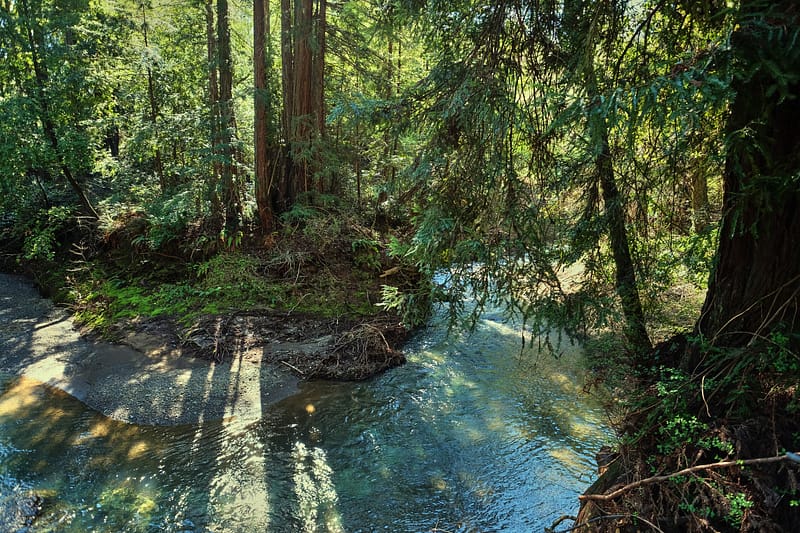When it’s time for homecoming, salmon, of course, don’t simply pick any stream and head inland: each fish finds, among all the water outlets along a thousand miles of California coast, the one stream that leads back to the pools where they spent their first years.
How a salmon finds that one unique place among all the ferns and gravel is a mystery. But when salmon are tagged in one creek hundreds of miles deep in a forest, they are found returning there again.
The calling of home is so intense, it drives them to leave the sea, rewire most of their physiology, and then run uphill against the current in a one-way life-or-death race into a steadily narrowing gauntlet of obstacles. To get home.


